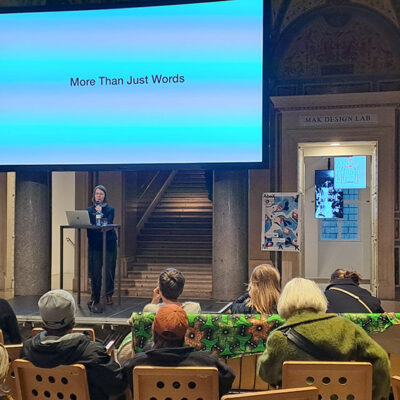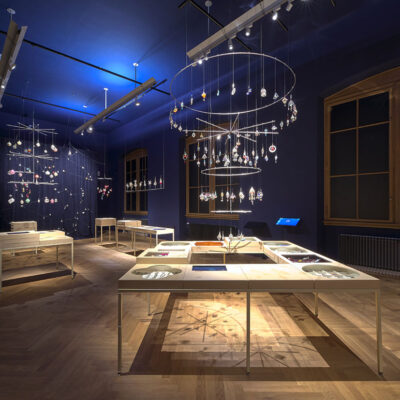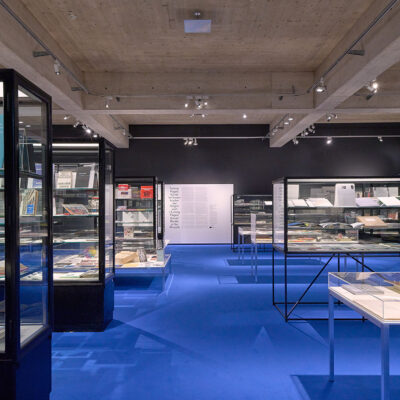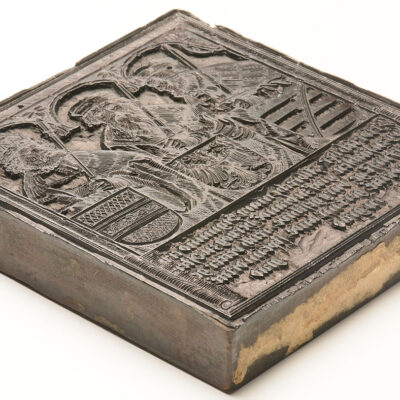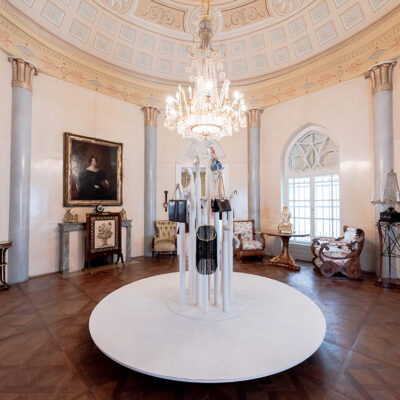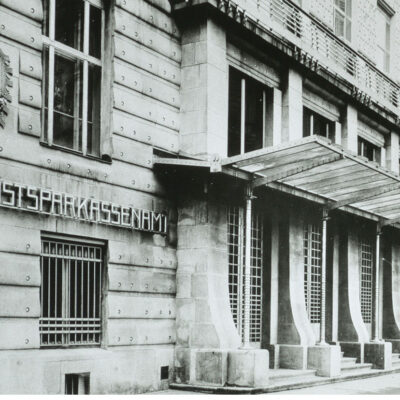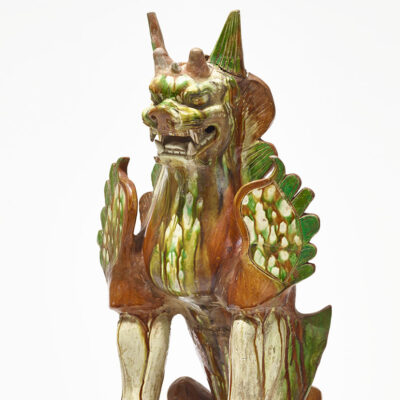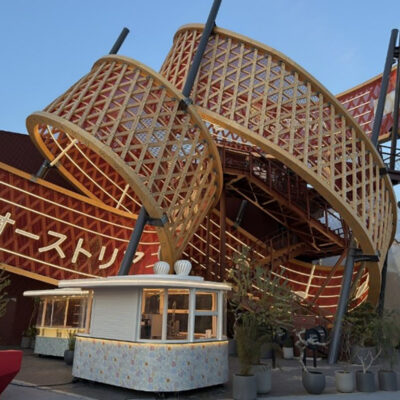Vienna 1900 in the MAK Collection Online
A central focus of the MAK’s collection and core competence is Viennese design and decorative arts from around 1900. Although these holdings will not be physically accessible until the new presentation of the Permanent Collection Vienna 1900 opens in early 2026, they can be viewed digitally.
The situation in Vienna around 1900 offered two paths to modernism, whose future viability was only decided after the First World War. This development led from the overcoming of historicism from around 1890 to the Nazi takeover in 1938, which marked the end of an independent Viennese design language. It was not linear but characterized by both a return to earlier traditions and anticipations of later movements. Contrary to later portrayals as a radical break, Viennese Modernism was largely based on the continuation of cultural and formal traditions. International sources of inspiration and counter-movements also played a significant role.
A central concern of modernism was the pursuit of individual expression. While the Secession, the School of Arts and Crafts, and the Wiener Werkstätte sought to realize this ideal through artistically designed everyday objects, Adolf Loos championed a form of individual emancipation that deliberately rejected decorative ornamentation. These opposing positions within Viennese Modernism reflected a broader international development. Identity—whether national, bourgeois, female, or proletarian—was initially the driving force. After the First World War, the rise of democratic ideas led to a reassessment: individual needs and social responsibility increasingly determined design. Artistic creation shifted from the representative sphere to industrially manufactured, standardized products that found their way into the everyday life of a broader bourgeois society.
In keeping with the concept of the previous MAK Permanent Collection Vienna 1900 (2013–2025), selected objects are presented in three albums arranged chronologically:
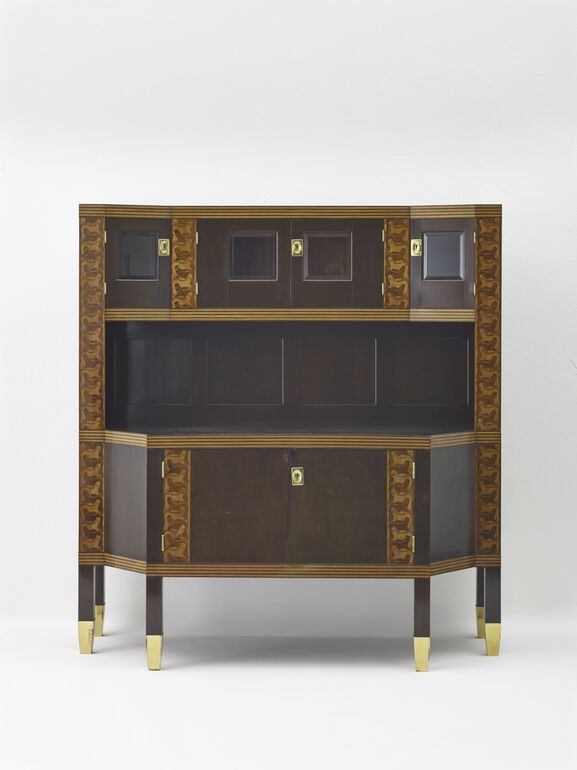
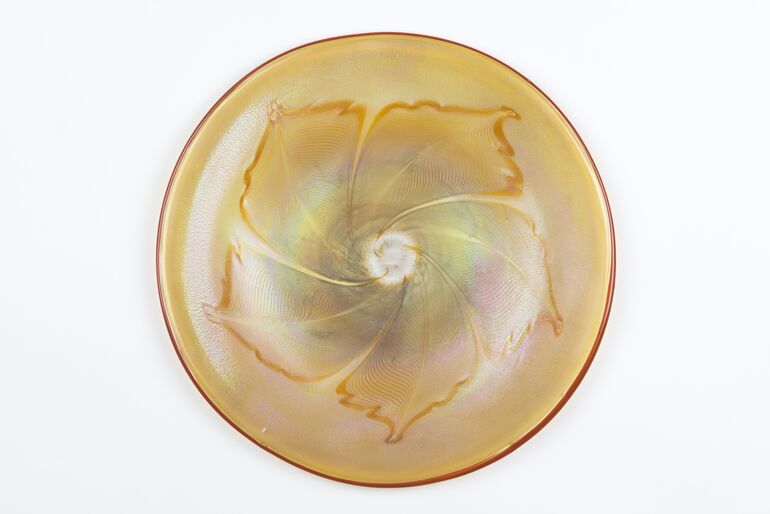
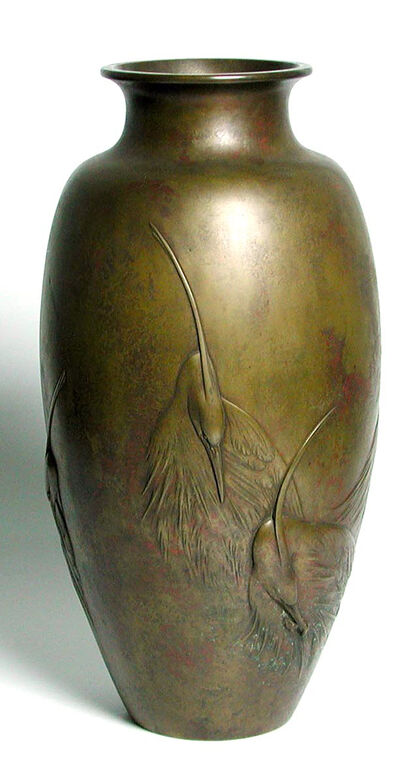
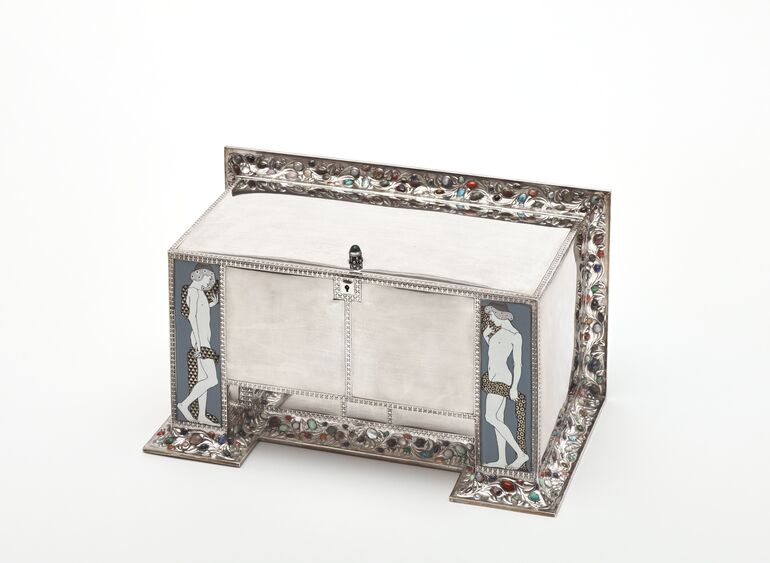

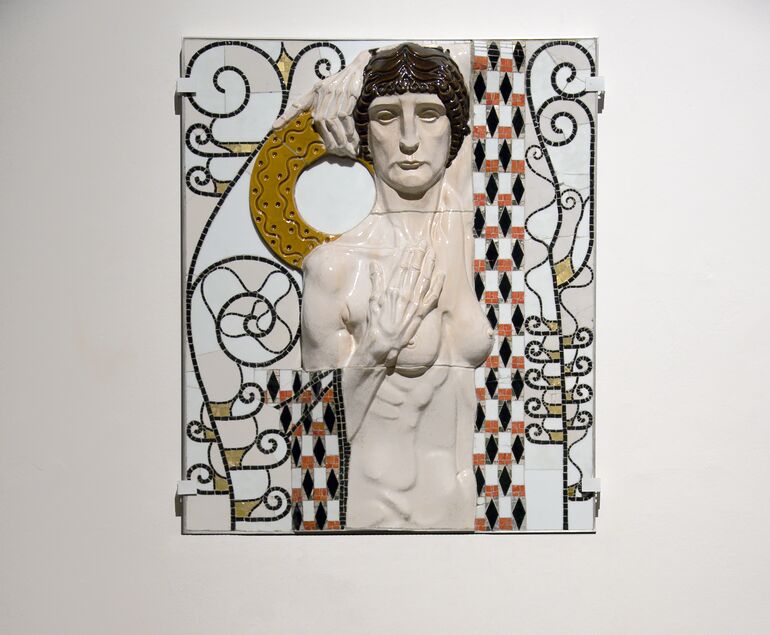
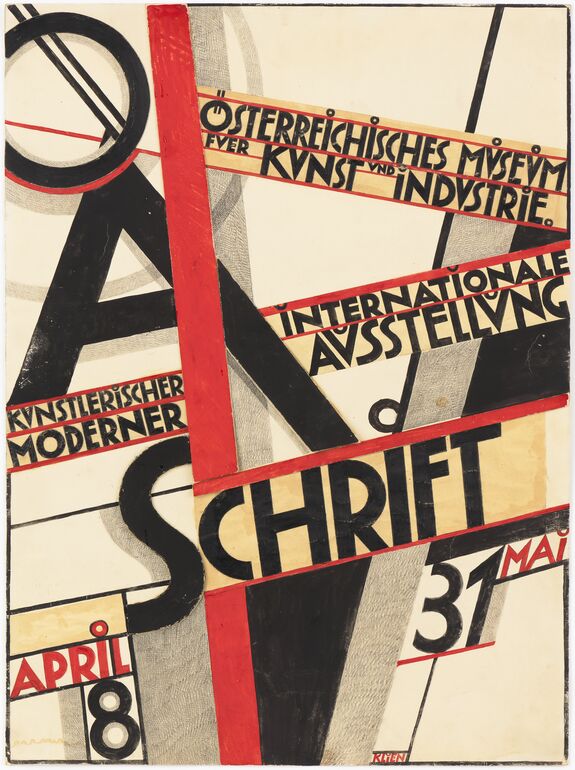
![[Present of Honor] from the Wiener Werkstätte on Josef Hoffmann’s 50th Birthday](https://mak-media.azureedge.net/s/697069849063de68751ca00e2250d8fa.jpg)
